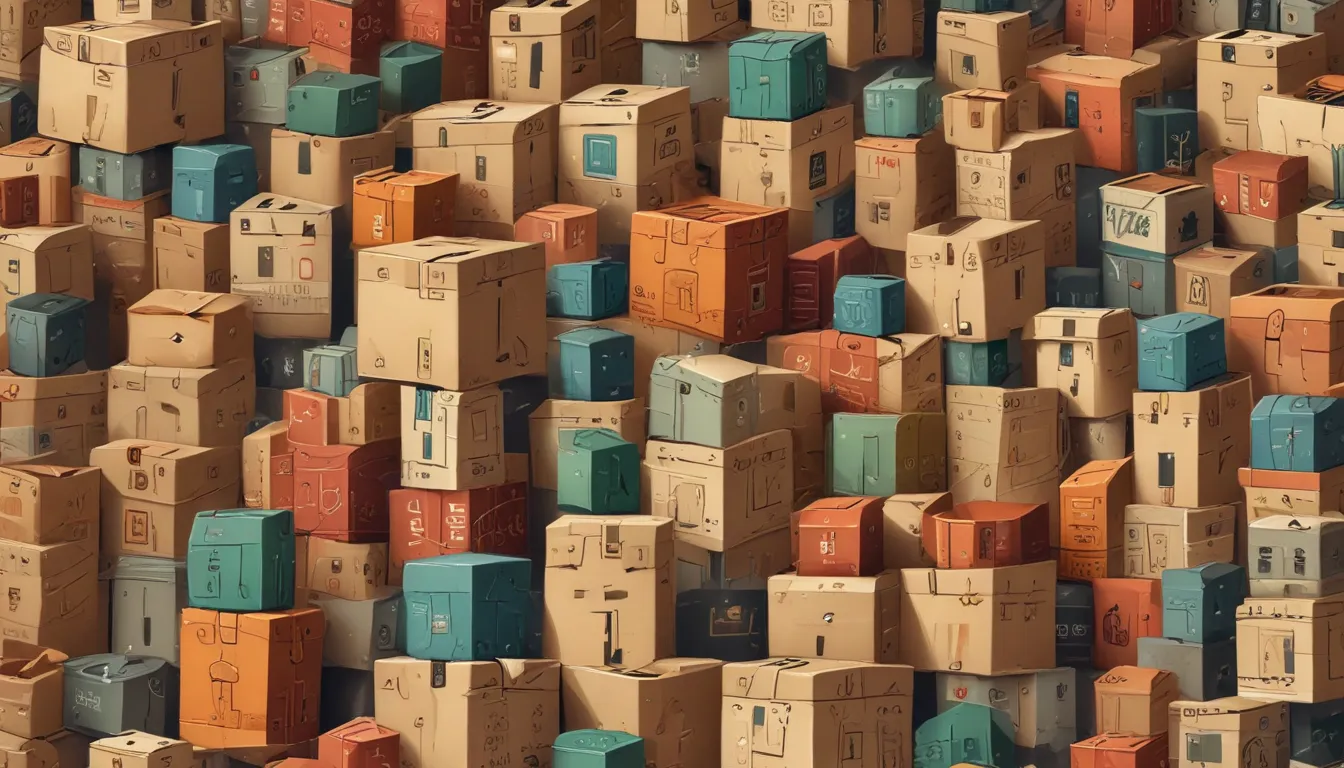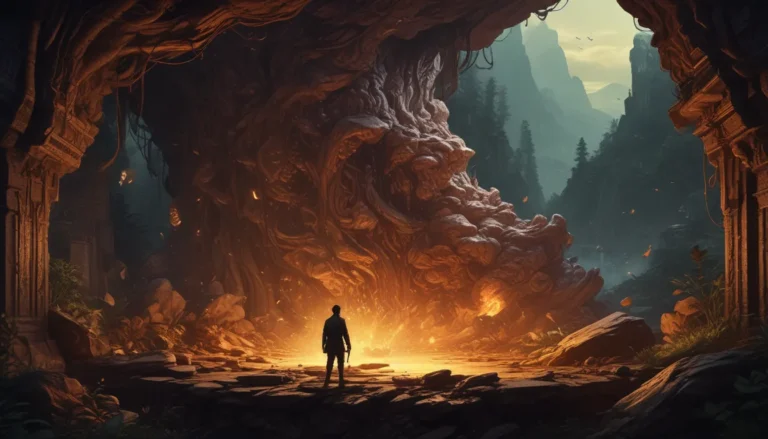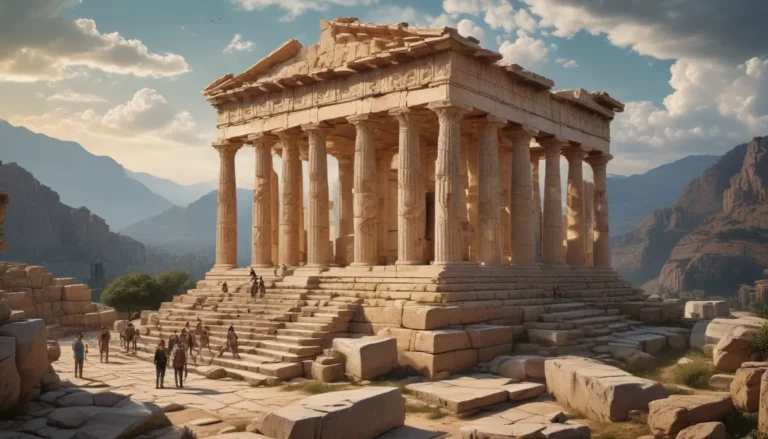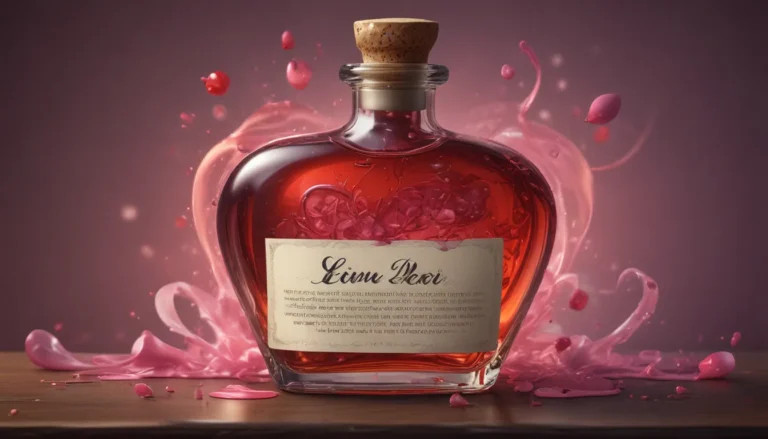A Note About Images: The images used in our articles are for illustration purposes only and may not exactly match the content. They are meant to engage readers, but the text should be relied upon for accurate information.
Are you familiar with the important role that boxes play in our daily lives? From ancient origins to modern applications, boxes have a rich history and diverse uses that make them a fascinating subject to explore. In this article, we will delve into 14 intriguing facts about boxes that will not only impress you but also shed light on their significance in our society.
The History and Evolution of Boxes
Boxes have been an essential part of human civilization for thousands of years, serving various purposes and evolving to meet the changing needs of society. From ancient Egyptian tombs to modern-day subscription boxes, the humble box has played a crucial role in transporting, preserving, and organizing our belongings.
The Versatility of Boxes
Boxes come in endless varieties, ranging from cardboard boxes to wooden crates, each designed to serve a specific purpose. Whether it’s for packaging fragile items, storing documents, or creating imaginative play spaces for children, there is a box for every need.
- The concept of the box dates back thousands of years, with evidence of its use found in ancient civilizations such as Egypt and Mesopotamia.
- Cardboard and wood are popular materials for making boxes due to their durability, affordability, and ease of customization.
- Many boxes, particularly those made of cardboard or paper, can be recycled, promoting sustainability and reducing waste.
The Impact of Boxes in Popular Culture
The humble box has made its mark in popular culture, appearing in iconic movie scenes and serving as a symbol of secrecy and mystery in literature and art. From the iconic question “What’s in the box?” to the mysterious Pandora’s Box myth, boxes have captivated audiences and inspired creative storytelling.
The Role of Boxes in Art and Creativity
Boxes have inspired creativity and innovation in various fields, from packaging design to origami art. The Japanese art of paper folding, origami, showcases the intricate possibilities of transforming a flat piece of paper into a three-dimensional box, highlighting the ingenuity of this craft.
Boxes as Storage Solutions
In our homes, boxes serve as essential storage solutions, helping us keep our belongings organized and our living spaces clutter-free. Whether it’s storing seasonal items, sorting paperwork, or creating makeshift forts for imaginative play, boxes play a vital role in maintaining an organized environment.
- Museums and galleries rely on specially designed boxes to protect and preserve valuable artifacts and artworks, ensuring their integrity for future generations.
- Children around the world have discovered the joy of building forts using cardboard boxes, unleashing their creativity and imagination in magical play spaces.
- Boxes have become synonymous with online shopping in the digital age, playing a crucial role in delivering billions of packages worldwide.
The Symbolism of Boxes
In literature and art, the box often symbolizes secrecy, mystery, and containment, adding depth and intrigue to storytelling. Whether it’s the mythical Pandora’s Box or the enigmatic question of “What’s in the box?” in popular media, boxes have become powerful symbols of hidden truths and surprises.
The Future of Packaging Innovation
Packaging industries are continuously evolving to create more sustainable and eco-friendly boxes, incorporating recycled materials and innovative designs to reduce environmental impact. By embracing innovative practices, companies are striving to make packaging more environmentally friendly and efficient.
Conclusion: Appreciating the Versatility of Boxes
In conclusion, boxes are not just containers for our belongings; they are symbols of creativity, innovation, and organization. Whether it’s protecting treasures in museums, inspiring imaginative play in children, or symbolizing secrecy in literature, boxes play a multifaceted role in our lives.
Next time you come across a box, take a moment to appreciate its history, significance, and the endless possibilities it holds. From their ancient origins to their modern applications, boxes continue to fascinate us with their versatility and timeless appeal. Embrace the beauty and functionality of boxes as essential components of our daily lives.
FAQs: Exploring Common Questions About Boxes
-
Q: How old is the concept of the box?
A: The concept of the box dates back thousands of years, with evidence of its use found in ancient civilizations such as Egypt and Mesopotamia. -
Q: Why are boxes commonly made of cardboard or wood?
A: Cardboard and wood are popular materials for making boxes due to their durability, affordability, and ease of customization. -
Q: Can boxes be recycled?
A: Yes, many boxes, particularly those made of cardboard or paper, can be recycled. It helps reduce waste and promotes sustainability. -
Q: What is the largest box ever created?
A: The largest box ever created was built in 1999 in the Netherlands, measuring around 65 feet long, 49 feet wide, and 31 feet high. -
Q: Are there any specialized types of boxes?
A: Absolutely! There are specialized boxes for different purposes, such as jewelry boxes, toolboxes, lunch boxes, and even puzzle boxes that require a series of steps to open.
As we continue to appreciate the versatility and significance of boxes in our lives, let’s explore more fascinating facts and applications of boxes in our related articles. Join us in celebrating the beauty and functionality of boxes as essential components of human civilization.
We hope you enjoyed this deep dive into the intriguing world of boxes! If you found this article helpful and informative, please consider sharing it with your friends and family. Stay tuned for more engaging content and fascinating insights on a wide range of topics. Thank you for being part of our community!






